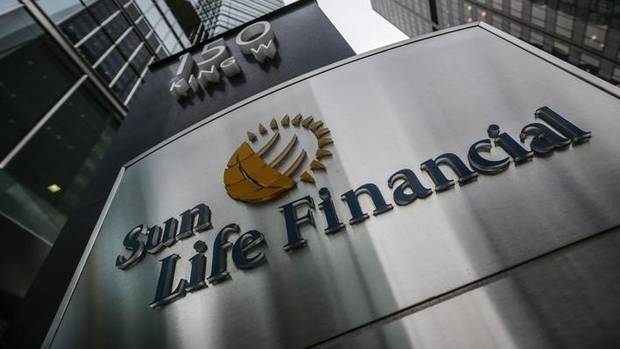A good overview of the entire market and economic environment from hedge hogger Doug Kass. I find myself agreeing with the majority of his thought process here. Worth the full read, here are the over-arching views.
As an aside, there are some stunning data points on equity outflows from the market the past few months... and since 2007. If one believes prices are a the inflection of supply and demand, one has to wonder how the market put in such a rally the past few years during massive outflows ;) $400 BILLION has been removed by the retail investor yet the market essentially doubled. Somehow less money INTO the market has created HIGHER prices. Hmmm - wonder how. [Jan 6, 2010: Charles Biderman of TrimTabs Claims U.S. Government Supporting Stock Market] Anyhow that is not the focus of the piece - just an astounding rejection of economics 101.
------------------------
I view share prices of many companies as having become generally more attractive over the last two months, but, at this point in time, there are four factors that keep me from being more heavily committed to equities:
- the stock market's continued volatility and instability;
- the growing sovereign debt contagion in Europe (and failure of their leaders/central bankers to respond intelligently);
- continuing political partisanship (and failure of our leaders to properly confront our fiscal imbalances and to promote pro-growth policy); and
- an inability to gauge whether the erosion in the August sentiment measures (impacted by U.S. stock market and domestic/overseas economic uncertainties) will translate into weakness in hard domestic economic data.
------------------------
In this setting, there are more numerous economic (and stock market) outcomes than are usual. As I have expressed recently. I see the following four potential outcomes:
Scenario No. 1 (probability 15%): The pace of U.S. economic recovery reaccelerates to above-consensus forecasts based on pro-growth fiscal policies geared toward generating job growth), still low inflation, subdued interest rates and the adoption of aggressive plans by the government to deplete the excess inventory of unsold homes. Corporate profits meet consensus for 2011, and 2012 earnings estimates are raised (modestly). Europe stabilizes, and China has a soft landing. Stocks have 25% to 30% upside over the next 12 months. S&P 500 target is 1500.
reaccelerates to above-consensus forecasts based on pro-growth fiscal policies geared toward generating job growth), still low inflation, subdued interest rates and the adoption of aggressive plans by the government to deplete the excess inventory of unsold homes. Corporate profits meet consensus for 2011, and 2012 earnings estimates are raised (modestly). Europe stabilizes, and China has a soft landing. Stocks have 25% to 30% upside over the next 12 months. S&P 500 target is 1500.
Scenario No. 2 (probability 15%): The U.S. enters a deep recession precipitated by a more pronounced negative feedback loop, a series of European bank failures and likely sovereign debt defaults in the eurozone. While 2011 corporate profits and margins disappoint somewhat (we are already well into full-year results), 2012 earnings estimates are materially slashed. China has a hard landing. Stocks have a 20% to 30% downside risk over the next 12 months. S&P target is 885.
Scenario No. 3 (probability 30%): The U.S. and Europe economies experience a shallow recession. Earnings for 2011 are slightly below expectations, but 2012 corporate profits are cut back to slightly below this year's levels. Stocks have 10% to 15% downside risk over the next 12 months. S&P target is 1030.
Scenario No. 4 (probability 40%): The U.S. and European economies "muddle through" in a modest expansion mode (hat tip for the term to John Mauldin). Profits for 2011 meet consensus expectations, but slippage in margins brings down 2012 corporate profit growth projections somewhat. Stocks have 10% to 20% upside over the next 12 months. S&P target is 1355.
-------------------
In June, nearly $21 billion was redeemed from domestic equity funds by retail investors. In July, almost $29 billion was withdrawn. In August, it has been estimated that more than $35 billion poured out. The $85 billion of outflows from June to August will likely approach the previous three-month record of $88 billion, which came out of domestic equity funds between September and November of 2008.
Thus far in 2011, individual investors have sold about $75 billion of domestic equity funds, only $10 billion less than last year's total outflows. Astonishingly, since the beginning of 2007, domestic equity mutual funds have had net outflows of more than $400 billion -- in the same period, $835 billion of fixed-income funds have been purchased. That spread between stock outflows and bond inflows ($1.235 trillion) is unprecedented in the annals of financial history.
----------------------
In summary, investors should be prepared to expand net long exposures when:
- we gain better macroeconomic clarity (both domestically and overseas);
- the world's stock markets begin to stabilize;
- we see evidence that the sovereign debt crisis in the Euro Zone has subsided (because of more proactive ECB policy); and
- our political leaders (hopefully) grow less divided and begin to promote and sanction pro-growth fiscal policies.











